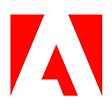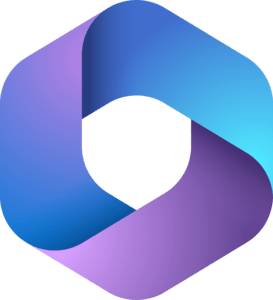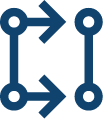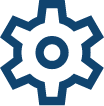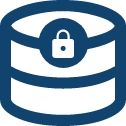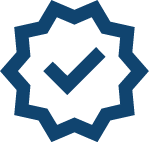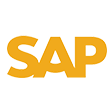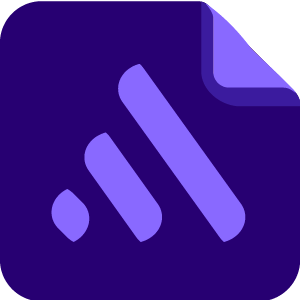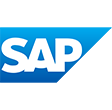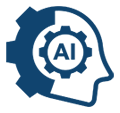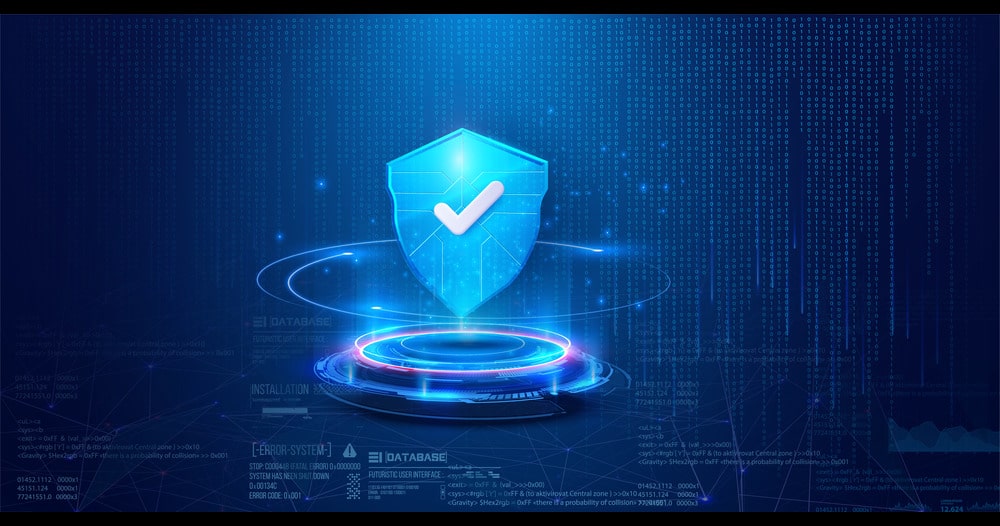There’s a lot to consider when selecting a Human Resource Management System (HRMS) especially now where AI, remote teams, compliance requirements, and integration demands are reshaping HR tech.
Whether you’re upgrading from spreadsheets or switching vendors, this guide will help you choose HRMS software confidently and strategically.
In this guide, we’ll walk you through:
- How to assess your HR needs
- Must-have HRMS features
- HRMS pricing models & cost breakdown
- Implementation & adoption best practices
- Vendor questions you should always ask
- How to future-proof your HR tech investment
Why Your HRMS Choice Matters More Than Ever
The right HRMS isn’t just about automating tasks it’s a long-term investment in people, productivity, and performance.
A poor HRMS decision can cause fragmented processes, frustrated employees, and missed compliance deadlines all of which cost time and money.
Conversely, a well-selected HRMS empowers your workforce and leadership with real-time insights, simplified workflows, and scalable solutions that grow with your business.
HR Tech Is Evolving, Your HRMS Needs to Keep Up
From AI integration to a rise in hybrid and remote work models, 2025 demands more from your HR technology than ever before. Employees expect seamless self-service, mobile accessibility, and faster resolution of HR queries.
Meanwhile, HR leaders need analytics, automation, and strategic tools that go beyond administration to impact retention, engagement, and productivity.
HRMS Decisions Today, Business Outcomes Tomorrow
Choosing the right HRMS is a business decision as much as a technology one. The right system can help reduce attrition, improve payroll accuracy, ensure compliance, and support strategic initiatives like DEI and succession planning. Let this guide help you make a decision that drives tangible business results.
Understanding Your Business Needs
Before comparing vendors or requesting demos, get clear on your internal requirements. A great HRMS solves your current challenges while scaling with your business and adapting to future shifts.
1. Identify Your Core Challenges
Start by mapping your existing HR pain points. Bring together stakeholders from HR, finance, operations, and IT. Ask questions like:
- What manual HR tasks are consuming time unnecessarily?
- Are we facing payroll errors or compliance challenges?
- Where are the data blind spots, e.g., do we lack insight into retention, training ROI, or absenteeism?
- Are remote employees struggling with access or engagement?
Documenting these challenges gives you a measurable framework for evaluating HRMS features.
2. Define Must-Have vs Nice-to-Have Features
Prioritize functionality based on impact. Separate features into:
Must-Have Features
- Local statutory payroll compliance (India-specific needs like PF, ESI, TDS, etc.)
- Cloud-based accessibility for distributed teams
- Microsoft 365 integration (Teams, Outlook, SharePoint)
- Role-based data security controls
Nice-to-Have Features
- AI-based resume parsing and job matching
- Performance-linked L&D recommendations
- Gamified employee recognition features
- Mobile chatbot for HR policy FAQs
Aligning features to needs and budget will help avoid bloated solutions and buyer’s remorse.
3. Consider Company Size & Growth Plans
Your current headcount is only part of the story. Future scalability should guide your HRMS selection:
- Are you planning to hire aggressively in the next 12–18 months?
- Will your organization expand to new regions or countries?
- Do you need a system that can adapt from 100 to 1000+ employees?
Key Features to Prioritize
Your HRMS should check all these boxes:
1. Cloud-Based & Mobile Friendly
Hybrid and field-based teams need real-time access to HR services. A cloud-based system ensures:
- Secure, 24/7 access from anywhere
- Automatic updates and security patches
- Mobile apps for leave, attendance, and approvals
Look for: Cloud-hosted HRMS platforms, which bring enterprise-grade security and uptime.
2. Payroll & Compliance Automation
- Calculate salaries, taxes, bonuses, and benefits automatically
- Support region-specific regulations (e.g., India’s new wage codes, maternity leave laws, labour returns)
- Generate statutory reports and filings (Form 16, PF statements, etc.)
- Alert HR to compliance deadlines and anomalies
3. Employee Self-Service (ESS)
ESS boosts efficiency by enabling employees to:
- View/download payslips, tax forms, and letters
- Apply for time off and track leave balances
- Update personal information
- Submit reimbursement claims
Managers benefit too with dashboards for approvals, performance reviews, and team analytics.
4. Advanced Analytics & Dashboards
With data at your fingertips, HR becomes a strategic function. Look for real-time analytics around:
- Workforce planning
- Diversity metrics
- Time-to-hire
- Training effectiveness
- Attrition predictors
Microsoft Power BI integrations offer customizable visual dashboards and drill-down reports.
5. AI & Automation
Smart automation helps HR teams do more with less. 2025-ready HRMS tools offer:
- AI-based talent sourcing and resume shortlisting
- Predictive analytics for flight-risk employees
- Nudges and recommendations for performance coaching
- Automated onboarding workflows
Microsoft Copilot brings generative AI into HRMS workflows from drafting job descriptions to analyzing engagement survey sentiment.
6. Security & Access Control
With rising data privacy concerns, your HRMS must deliver:
- End-to-end encryption
- Multi-factor authentication
- Audit trails and role-based data views
- Compliance with GDPR, ISO 27001, and local labour laws
7. Integration Capabilities
Disconnected tools lead to duplication and frustration. Your HRMS should connect seamlessly with:
- Microsoft 365 ecosystem (Outlook, Teams, SharePoint)
- ERP and finance platforms
- External attendance, biometric, and payroll systems
Demystifying HRMS Costs
HRMS pricing can feel opaque but here’s how to break it down:
1. Common Pricing Models
- Per employee/month (PEPM): Most common; ideal for growing businesses
- Module-based pricing: Only pay for what you need (e.g., add L&D later)
- On-premises licensing: One-time license plus AMC (less common in 2025)
- Setup/implementation fee: Covers configuration, migration, and training
2. Factors That Influence Cost
- Total user count (employees, managers, HR users)
- Custom workflows, reports, or policies
- Integration with third-party tools
- Hosting (cloud vs. on-premises)
- Support tier (email only vs. 24×7 phone + onsite)
3. ROI Calculation
Think beyond monthly fees:
- How much payroll error reduction saves you annually?
- How much faster can you close headcount gaps with better analytics?
- Will employee satisfaction rise due to better transparency?
The HRMS Implementation Journey
A great HRMS means little without good execution. Here’s a proven approach:
1. Planning & Readiness
- Define project scope, milestones, and owners
- Audit and clean legacy HR data (names, IDs, salary bands)
- Establish internal champions and communication plans
2. Data Migration
- Prepare migration templates and map fields (e.g., leave types, grades)
- Conduct at least 2–3 test runs before go-live
- Reconcile data accuracy post-import
3. Training & Change Management
- Deliver hands-on training for HR teams, managers, and employees
- Develop e-learning, SOPs, and internal FAQs
- Use gamification or incentives to encourage adoption
4. Go-Live & Post-Launch Support
- Roll out in waves (e.g., Core HR → Payroll → ESS)
- Offer helpdesk support for the first 90 days
- Monitor usage metrics and feedback
Embee Software offers Octane HRMS implementation, backed by certified cloud experts.
Questions to Ask Every HRMS Vendor
| Question | Why It Matters |
|---|---|
| Does it integrate with Microsoft 365? | Enables real-time collaboration and workflows |
| Can it scale from 100 to 1000+ employees? | Supports your growth trajectory |
| What’s your SLA for support response? | Defines how quickly issues are resolved |
| Do you support mobile apps for iOS & Android? | Improves ESS adoption |
| How often are product updates released? | Ensures ongoing innovation |
| Can we configure workflows ourselves? | Reduces reliance on vendor support |
| What’s your backup and disaster recovery process? | Ensures business continuity |
| Do you offer sandbox environments for testing? | Enables safe experimentation |
Future-Proof Your HRMS Investment
Choosing an HRMS is not just a tactical decision, it’s a strategic investment that should serve your organization not only today, but five to ten years down the line.
In a world where business models, compliance regulations, and workforce expectations are constantly evolving, your HR tech must be agile enough to keep up.
Start by asking the hard questions:
- Will this HRMS support emerging workforce models like gig, freelance, and project-based employment? Many businesses are moving away from traditional full-time roles toward a more blended, flexible talent ecosystem. Your HRMS should seamlessly manage varied contracts, payments, onboarding processes, and compliance needs without manual intervention.
- Is the system built to scale globally? As your company grows, will it adapt to the legal and compliance frameworks of different countries and regions? From GDPR in Europe to local PF/ESI norms in India, compliance automation across borders is critical, and manual workarounds won’t cut it.
- Does it integrate deeply with your existing Microsoft ecosystem? Businesses that already use Microsoft 365, Teams, Outlook, SharePoint, or Power BI stand to benefit significantly from choosing a compatible HRMS like Octane. Native integration not only saves time and cost, but it also ensures consistent user experience, centralized data, and better cross-functional workflows.
AI, Analytics & Adaptability
A future-ready HRMS should not just keep up, it should lead. By leveraging AI and machine learning, your HR platform can uncover patterns you’d otherwise miss. For instance:
- Predictive analytics can flag rising attrition risk before it affects your bottom line
- Automated recommendations can surface upskilling opportunities tailored to each employee
- AI chatbots can reduce HR admin workload by answering policy and process queries instantly
Tools like Microsoft Copilot are transforming HR from a support function to a strategic powerhouse. With AI embedded into everyday HR workflows, decision-making becomes faster, smarter, and more employee centric.
Modular Growth for Changing Needs
Your HR needs in Year 1 won’t be the same as in Year 3. Choose an HRMS that offers modular scalability letting you start with core HR and payroll, and then add performance management, learning and development, or workforce planning as your organization evolves.
This phased approach minimizes upfront investment while future-proofing your HR infrastructure.
At Embee Software, we’ve seen businesses benefit greatly from this kind of flexibility with Octane HRMS.
A 100-person startup using HR for payroll and onboarding today can easily expand to include talent analytics, succession planning, and global HR modules as it scales to 1000+ employees without switching platforms or undergoing another complex migration.
Need help in understanding? Talk to our experts at Embee Software and let’s get your people processes future ready.
Frequently Asked Questions
What is an HRMS and why does my business need one?
An HRMS (Human Resource Management System) is software that automates HR tasks like payroll, leave, recruitment, and compliance.
It streamlines workflows, reduces manual errors, and helps HR teams focus on strategic priorities.















